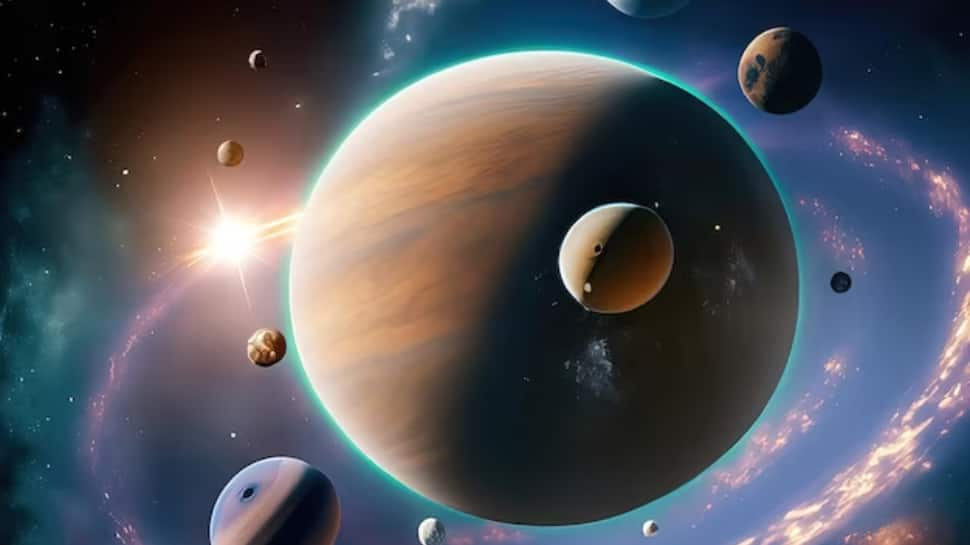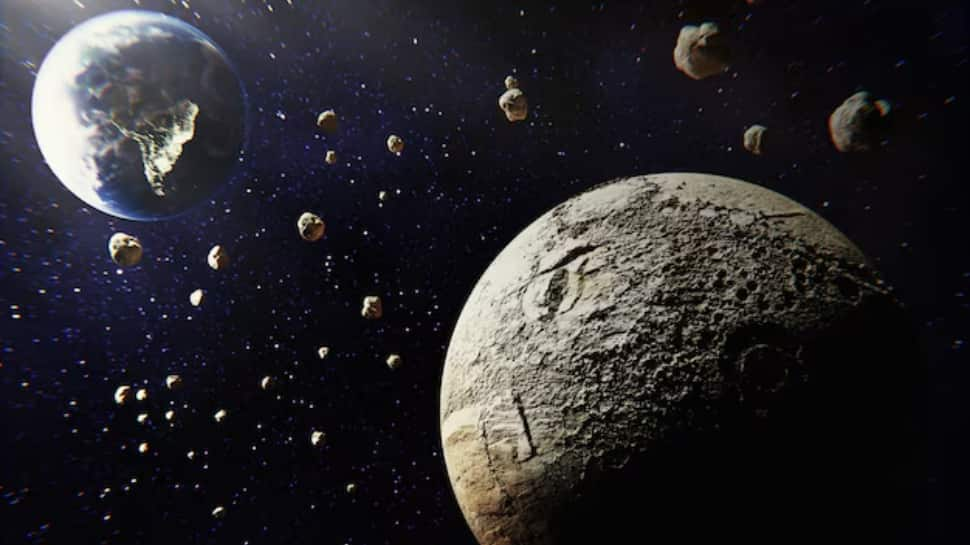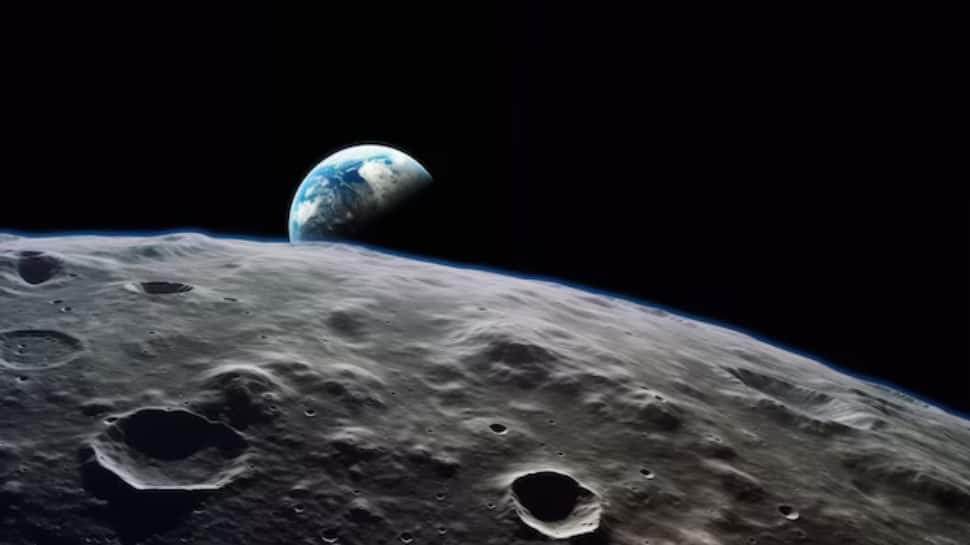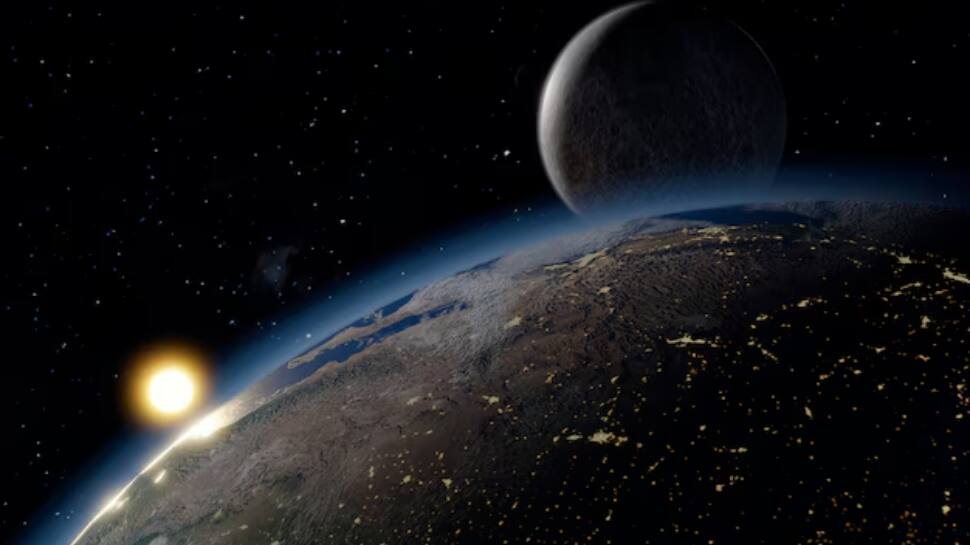Temporary Mini-Moon Of Earth From September 29; But Can You See It With Naked-Eye? All About The Rare Asteroid 2024 PT5
Asteroid 2024 PT5 will be temporarily influenced by Earth's gravity from September 29 to November 25. During this period, it will perform a horseshoe orbit, a rare event where an asteroid is captured by Earth's gravity. (Representative images)
)
Whenever an asteroid approaches Earth, it has two main tendencies: it may either hit the planet or, very rarely, get captured by Earth's gravity and orbit around it, much like the Moon. According to a report published in the Research Notes of the American Astronomical Society, the 33 feet long asteroid 2024 PT5 will remain under the influence of Earth's gravity from September 29 to November 25.

A similar event occurred in 2006, when an asteroid orbited Earth for a year. However, 2024 PT5’s path mirrors that of 2022 NX1, an asteroid that made temporary flybys in 1981 and 2022, and is expected to return in 2051.

Asteroid 2024 PT5 will be too faint for observation with the naked eye or small telescopes, with a brightness of magnitude 22, visible only through advanced observatories. Scientists see this as a valuable opportunity for studying Near-Earth Objects, enhancing understanding of such space phenomena.

The asteroid, as reported by the American Astronomical Society, will not complete a full orbit during its 53-day journey. Instead, it will perform a horseshoe loop before escaping Earth's gravitational pull.

The newly discovered asteroid 2024 PT5 appears to follow a trajectory like that of 2022 NX1, which passed by Earth in 1981 and 2022 without completing a full orbit. Astronomers expect 2022 NX1 to make another partial flyby in 2051.

Asteroids often follow such patterns, as detailed by Carlos and Raul de la Fuente Marcos in their report. Some asteroids complete full revolutions around Earth, while others, like 2024 PT5, break away before completing an orbit.

Though Earth sometimes pulls in space debris, the report confirms that 2024 PT5 is a natural object with characteristics resembling those from the Arjuna asteroid belt, much like 2022 NX1.
Trending Photos








